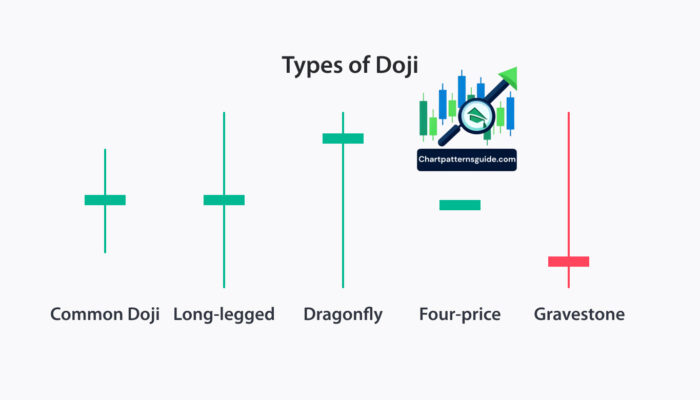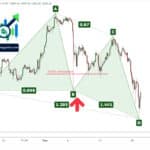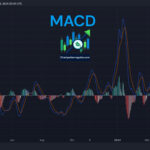In the intricate world of financial trading, understanding the subtle cues that predict market momentum is crucial. Among these cues, continuation patterns occupy a central role, offering traders a window into the probable persistence of an existing trend. This guide delves deep into the essence of continuation patterns, providing traders with the knowledge to identify these patterns and effectively harness their potential in trading strategies.
Decoding Continuation Patterns:
At their core, continuation patterns are graphical representations of a temporary pause or consolidation in a prevailing market trend, after which the original trend resumes. These patterns are pivotal for traders aiming to capitalize on the continuation of market movements, be it in bullish or bearish territories.
Principal Types of Continuation Patterns:

Flags and Pennants:
- Flags emerge as brief counter-trend moves forming small rectangles. They are divided into bullish flags, which slope down during an uptrend pause, and bearish flags, which slope up during a downtrend pause.
- Pennants resemble small symmetrical triangles that form right after a significant price movement. They indicate market consolidation before continuing the trend, akin to flags.
Triangles:
- Ascending Triangles are characterized by a horizontal top and an upward-sloping bottom, indicating bullish sentiment.
- Descending Triangles present a horizontal bottom and a downward-sloping top, suggesting bearish outlooks.
- Symmetrical Triangles form when the price converges into a narrower range without a clear upward or downward slope, making the breakout direction crucial for trend continuation.
Rectangles:
- These patterns show the price moving between parallel support and resistance levels, suggesting a continuation once a breakout occurs.
Strategies for Identification and Engagement:
Identifying and engaging with continuation patterns requires a keen eye for detail and a strategic approach:
- Volume Insight: Observing trading volume provides invaluable insights. A genuine continuation pattern typically features diminishing volume during formation, followed by a volume spike upon trend resumption.
- Breakout Vigilance: For a continuation pattern to be considered valid, a definitive breakout from the pattern must occur. This breakout should not only follow the original trend direction but also be supported by an increase in trading volume.
- Risk Management: Implementing stop-loss orders just outside the pattern’s boundary can mitigate risk. Estimating profit targets based on the pattern’s dimensions can optimize reward potential.
Practical Applications and Beyond:
- Adaptability Across Timeframes: Continuation patterns are versatile, applicable across different timeframes. This adaptability makes them suitable for day traders and long-term investors alike.
- Integration with Other Indicators: Enhancing pattern analysis with additional technical indicators, such as moving averages or the Relative Strength Index (RSI), can refine trading signals and improve decision-making.
- Market Context Consideration: The reliability of continuation patterns is often contingent on the broader market context. Patterns that emerge within strong, well-established trends, supported by solid market fundamentals, generally offer more dependable signals.
Navigating Towards Success:
Understanding and applying continuation patterns is more than a technical skill—it’s an art that blends analysis with intuition. As traders journey through the financial markets, mastering these patterns can unlock new dimensions of strategic trading, empowering them to make more informed and confident decisions. Remember, the key to leveraging continuation patterns lies not just in their identification but in their integration within a holistic trading strategy, underscored by sound risk management and market awareness.







